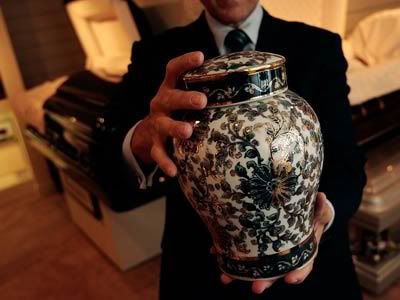History of Cremations in Korea
Although Buddhism is still the major religion in Korea, it is that only by a small margin. Neo-confucianism albeit not a religion but moreso a philosophy is by far the ruling mindset of the people. So although Buddhism has been around longer, Neo-confucianism has had a much stronger influence on society.
After being around for 200 years, Buddhism had finally established itself as the official religion in the 7th century. That is when the idea of cremations as part of the funeral rite started and continued to be the widespread practise of the nobility and common people alike. Before that people would be buried in an above-ground mound at their homes.
Around the end of the Goryeo period and the beginning of the Joseon Dynasty (1392-1910) Confucianism was introduced to the country and cremation was gradually abandoned in favour of burial. Although cremations were still practised by the faithful, continuous prohibitive action by the intolerant Confucian regime lead to its disapearance.
It was during the Japanese occupation from 1910 to 1945 that cremation was re-introduced in an effort to eliminate any trace of Korean culture. Crematoriums were built and used profusely. However Koreans keeping to their customs continued to have funerary burials.
Because of its association with the coercive policies of the Japanese, cremation remained unpopular. Even Buddhists chose to bury their dead. It was only the very poor in urban areas where children, unmarried people and those who committed suicide were sent to the poorly maintained crematoriums. That was the state of funerals until the mid-1990s.
To improve the situation of the encroaching grave sites a policy reform to restrict burials and encourage cremations was taking shape. The land area taken up by the grave sites was at 1% which is roughly the size of metropolitan Seoul. Every year the country was losing more and more land to the graveyards.
Therefore a cremation policy was launched supported by the media and citizen groups from all over the country. It was only after this massive support campaign and the cremations of some notable figures that cremation's image started to change.
In 2002, all the major cities such as Seoul, Busan and Incheon had more than 50% of their funerals end in cremations. And the numbers are rising every year. By 2010, Seoul will have a 80% cremation rate.
For more information you can read the Encyclopedia of Cremationedited by Davies and Mates, 2005.
by Paula Kim






No comments:
Post a Comment